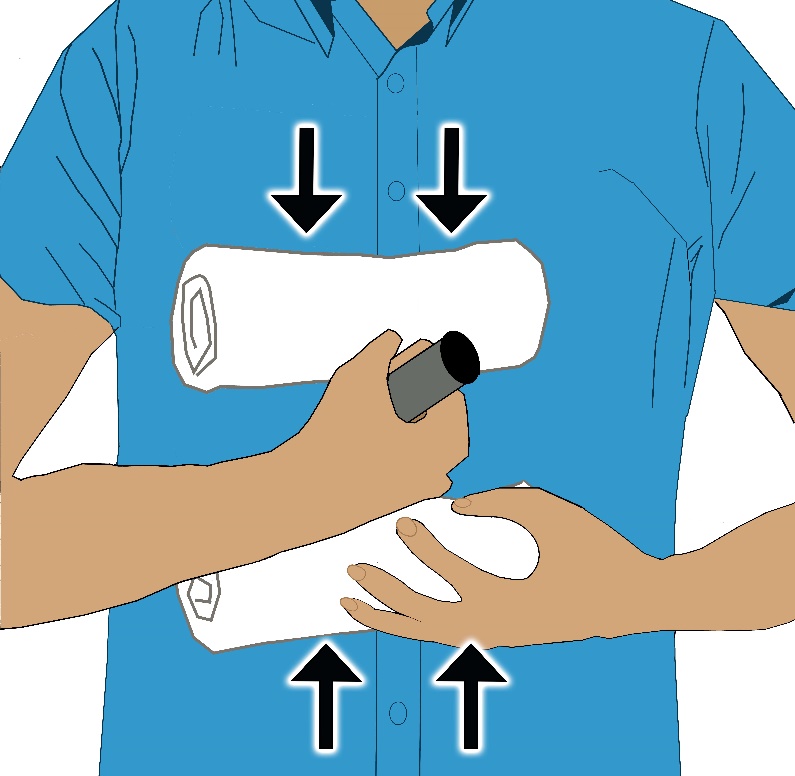Impaled Objects
Occasionally trauma patients will suffer penetrating trauma where the object remains impaled and is visible. This is most common in stabbings. It is important to leave the object in place. Removal of the object can result in significant and uncontrollable bleeding.
Try this experiment to demonstrate the potential bleeding from removing an impaled object:
- Take a plastic bag and fill it with water.
- Next swiftly stab a pencil through the bag below the water level leaving the pencil in place. Notice how there isn’t much leaking?
- Now pull it out and see what happens…
In addition to leaving the impaled object in the patient, it is important to help support the object so the object doesn’t move, which can cause severe pain, or that the object doesn’t come out on its own. Support for the object can usually be secured by wrapping gauze around the object and patient to secure it in place.
If the object is too large to fit in the ambulance, or makes extrication impossible, specially trained rescue crews will be needed to assist in reducing the object’s size to facilitate transport.


There are few exceptions to the bandage-in-place rule:
- If the impaled object is obstructing the airway in such a way that ventilations are ineffective
- Fishhooks can be removed if local protocols allow.
- To remove a fishhook, depress the “eye” of the fishhook down to the skin, releasing the barb.
- String fishing line or other strong, thin rope through the loop of the fishhook.
- In the opposite direction, quickly pull the fishhook out using the line.
- Bandage as necessary.
|
Impaled Objects |
1 (Instructor) |
|
Initials |
|
The original copy of this book resides at openoregon.pressbooks.pub/emslabmanual. If you are reading this work at an alternate web address, it may contain content that has not been vetted by the original authors and physician reviewers.

